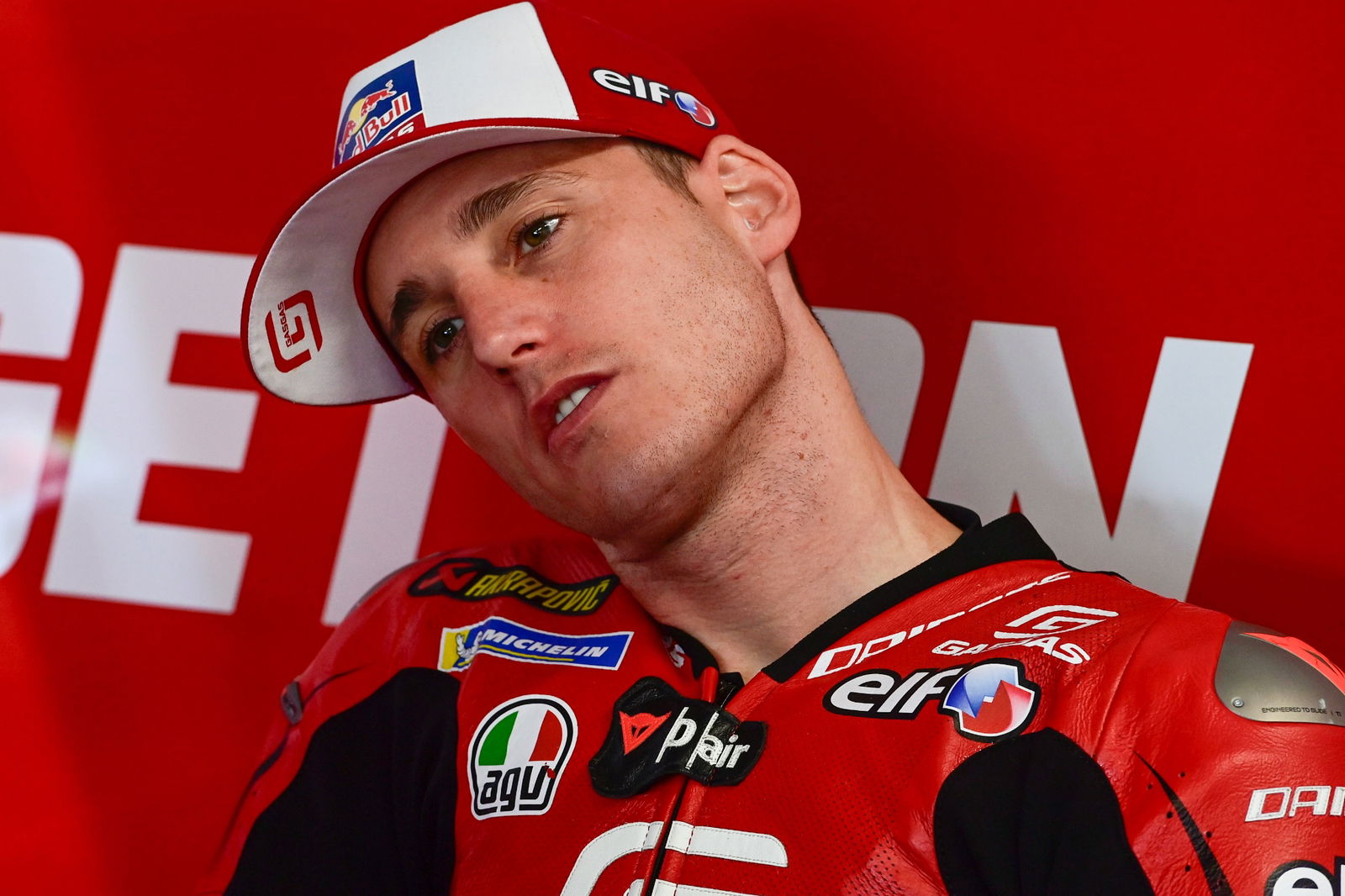MotoGP heading for 850cc future?

That’s according to KTM’s motorsport director Pit Beirer, who explained that the Austrian factory has now dropped its opposition to the engine reduction.
“We agree to the reduction to 850cc,” Beirer told Speedweek.com. “We think this is a relatively sensible reduction.
“Because if you take away 150cc, torque and power are taken out of this class. You can develop very cool MotoGP regulations with 850cc. There is now a stable majority for 850cc.”
Beirer added that KTM had initially sided with Aprilia in beleiving that a cheaper way to reduce engine performance and top speeds would be to change the maximum cylinder bore of the current 1,000cc engines (81mm).
“In principle, Aprilia would like to stick to the 1000cc engine. That was originally our idea too. But after a lot of discussion, we moved into the 850cc direction, which definitely has positive aspects,” Beirer said.
“Of course, it was initially a cost factor for us not to change the engine so radically because it would have been cheaper to continue working on the basis of an existing engine. And the cost side concerns not only Aprilia, but all of us.”
The MotoGP era began with 990cc four-strokes, which replaced 500cc two-strokes in 2002.
But a switch to 800cc engines from 2007-2011 resulted in peaky power curves, as engine designers chased to regain the lost power, and a greater reliance on advanced electronics to tame the delivery.
The end result was expensive, monotonous racing (Suzuki, Kawasaki and Team Roberts eventually deperated) and a return to 1,000cc was agreed from 2012.
MotoGP will hope that the single ECU, introduced since 2016, will avoid the 800cc mistakes of the past.
Aerodynamics are also expected to be cut back for the next five-year contract cycle between Dorna and the manufacturers, as well as a possible ban on ride height devices.
Meanwhile, reducing MotoGP capacity to 850cc might also require clipping the wings of the Moto2 class, which uses 765cc Triumph engines and is tipped to receive more competitive tyres when it changes to Pirellis for next season.
The fastest Moto2 lap at this year's Sachsenring event was one-second behind the slowest MotoGP race lap.
Brad Binder set a new all time MotoGP top speed record of 227.5mph/366.1km/h in this year's Mugello Sprint race.

